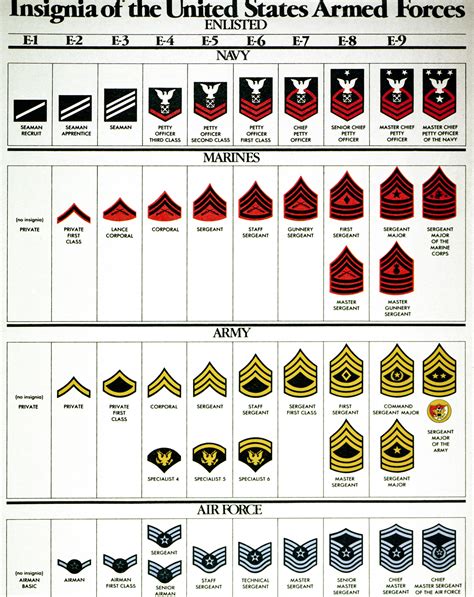5 Tips On Time Service

Introduction to Time Service

Time service is a crucial aspect of modern life, and its accuracy is essential for various industries, including finance, transportation, and technology. With the increasing reliance on digital devices and the internet, the demand for precise timekeeping has never been more significant. In this blog post, we will explore five tips on time service, highlighting the importance of accurate timekeeping and providing guidance on how to achieve it.
Tip 1: Understanding the Importance of Time Service

Time service is not just about keeping clocks and watches in sync; it’s about ensuring that all devices and systems are operating on the same timeline. This is particularly important in industries where precision timing is critical, such as in financial transactions, air traffic control, and scientific research. Inaccurate timekeeping can lead to serious consequences, including financial losses, system failures, and even safety risks.
Tip 2: Choosing the Right Time Source

There are several time sources available, including GPS, NTP (Network Time Protocol), and atomic clocks. Each of these sources has its own strengths and weaknesses, and choosing the right one depends on the specific application and requirements. For example, GPS is a popular choice for outdoor applications, while NTP is commonly used in networked devices. Atomic clocks, on the other hand, are the most accurate time source available, but they are also the most expensive.
Tip 3: Implementing Time Synchronization

Time synchronization is the process of adjusting the clock of a device or system to match a reference time source. This can be done using various protocols, including NTP, SNTP (Simple Network Time Protocol), and Precision Time Protocol (PTP). The choice of protocol depends on the specific application and the level of accuracy required. For example, NTP is suitable for most general-purpose applications, while PTP is used in industries that require high-precision timing, such as finance and telecommunications.
Tip 4: Monitoring and Maintaining Time Service

Once a time service is implemented, it’s essential to monitor and maintain it to ensure that it continues to operate accurately. This includes regularly checking the time source and synchronizing devices, as well as performing routine maintenance tasks, such as updating software and replacing hardware components. Additionally, it’s crucial to have a backup plan in place in case of a failure or disruption to the time service.
Tip 5: Considering Security and Compliance

Time service is not just about accuracy; it’s also about security and compliance. Inaccurate or insecure timekeeping can lead to serious security risks, including data breaches and cyber attacks. Additionally, many industries are subject to regulatory requirements that mandate specific timekeeping standards, such as PCI DSS (Payment Card Industry Data Security Standard) and GDPR (General Data Protection Regulation). It’s essential to consider these security and compliance requirements when implementing a time service.
📝 Note: When implementing a time service, it's essential to consider the specific requirements of your industry and application, including accuracy, security, and compliance.
In summary, time service is a critical aspect of modern life, and its accuracy is essential for various industries. By understanding the importance of time service, choosing the right time source, implementing time synchronization, monitoring and maintaining the time service, and considering security and compliance, you can ensure that your devices and systems are operating on the same timeline. This, in turn, can help prevent serious consequences, including financial losses, system failures, and safety risks.
What is the most accurate time source available?

+
Atomic clocks are the most accurate time source available, with an accuracy of one second over tens of millions of years.
What is the difference between NTP and SNTP?

+
NTP (Network Time Protocol) is a more complex protocol that provides higher accuracy and reliability, while SNTP (Simple Network Time Protocol) is a simpler protocol that is easier to implement but provides lower accuracy.
What are the regulatory requirements for timekeeping in the finance industry?

+
The finance industry is subject to various regulatory requirements, including PCI DSS (Payment Card Industry Data Security Standard) and GDPR (General Data Protection Regulation), which mandate specific timekeeping standards to ensure accuracy and security.



